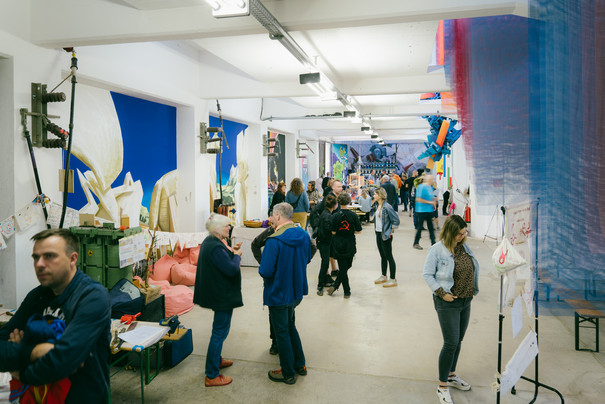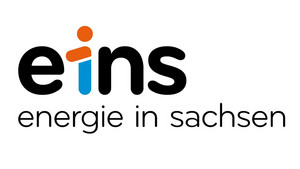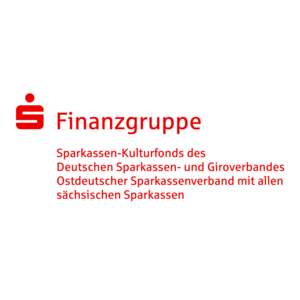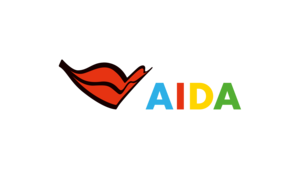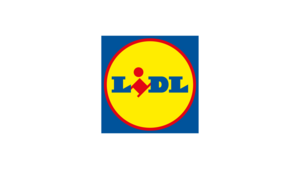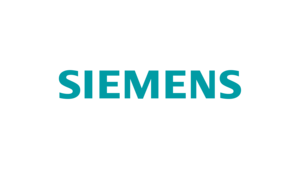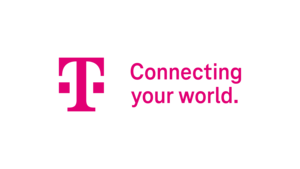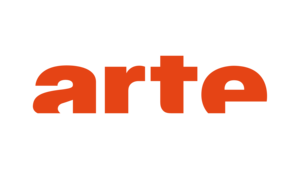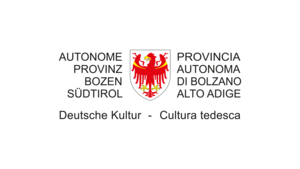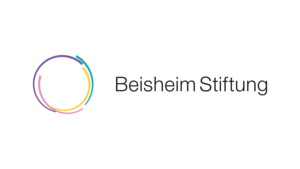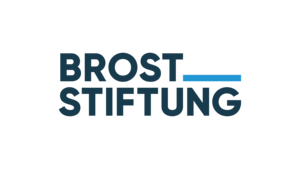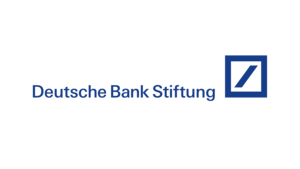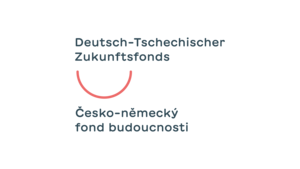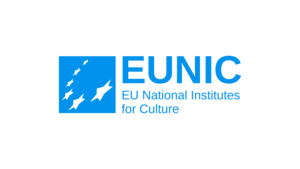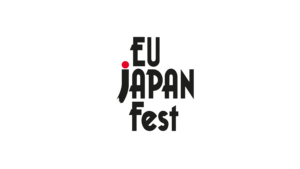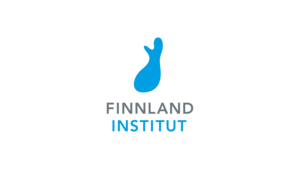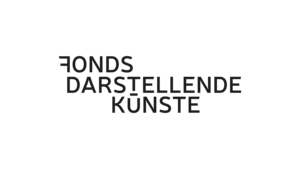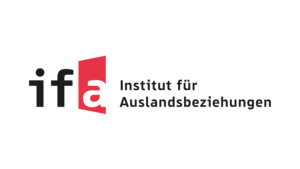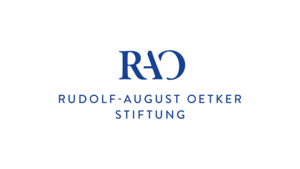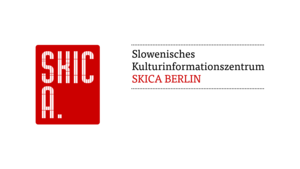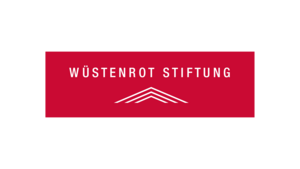Located 30 kilometres south of Chemnitz in the Ore Mountains district, the mining town of Zwönitz attracts visitors with its old alleyways, historic buildings and many mining traditions. The first known documentary mention dates back to 1286, and Zwönitz was granted town charter in 1300. Today, the town has just under 12,000 inhabitants. The 400-year-old Niederzwönitz paper mill, which draws its power from the Zwönitz river (from the Slavic: the roaring one), is a UNESCO World Heritage Site in the Erzgebirge/Krušnohoří mining region. Together with the historic Dorfchemnitz bone stamping plant, where animal bones were once crushed into fertiliser, and the Bruno Gebhardt collection of rarities, which is unique in the Ore Mountains, with weapons, coins, handicrafts and pieces from 60 other collection areas of the namesake, it forms the HEIMATWELTEN ZWÖNITZ, which is well worth seeing.
The BUNTSPEICHER Zwönitz is a new centre for creative work. The best way to explore the town in the evening is with the Zwönitz night watchmen. Several circular hiking trails also promise breathtaking nature experiences and insights into the mining and mill history of the town and its surroundings. The Zwönitz Hutzentage combine Christmas and mining traditions - a festival for locals and visitors alike.
Nevin Aladağ: Colour Floating
Art and sculpture trail PURPLE PATH
Sculptor and performance artist Nevin Aladağ enchants with her light installation Colour Floating in Zwönitz and creates connections between historical mining and textile traditions and contemporary art. Her work not only conveys joie de vivre, but also questions social norms. Nevin Aladağ was born in 1972 in Van, Turkey, and now lives in Berlin.






